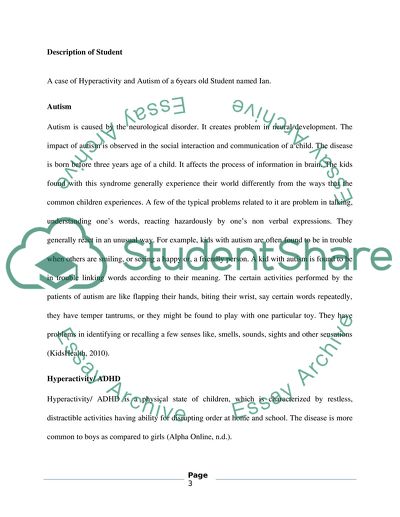Cite this document
(Special Education Speech or Presentation Example | Topics and Well Written Essays - 3000 words, n.d.)
Special Education Speech or Presentation Example | Topics and Well Written Essays - 3000 words. Retrieved from https://studentshare.org/education/1742121-special-education
Special Education Speech or Presentation Example | Topics and Well Written Essays - 3000 words. Retrieved from https://studentshare.org/education/1742121-special-education
(Special Education Speech or Presentation Example | Topics and Well Written Essays - 3000 Words)
Special Education Speech or Presentation Example | Topics and Well Written Essays - 3000 Words. https://studentshare.org/education/1742121-special-education.
Special Education Speech or Presentation Example | Topics and Well Written Essays - 3000 Words. https://studentshare.org/education/1742121-special-education.
“Special Education Speech or Presentation Example | Topics and Well Written Essays - 3000 Words”, n.d. https://studentshare.org/education/1742121-special-education.


